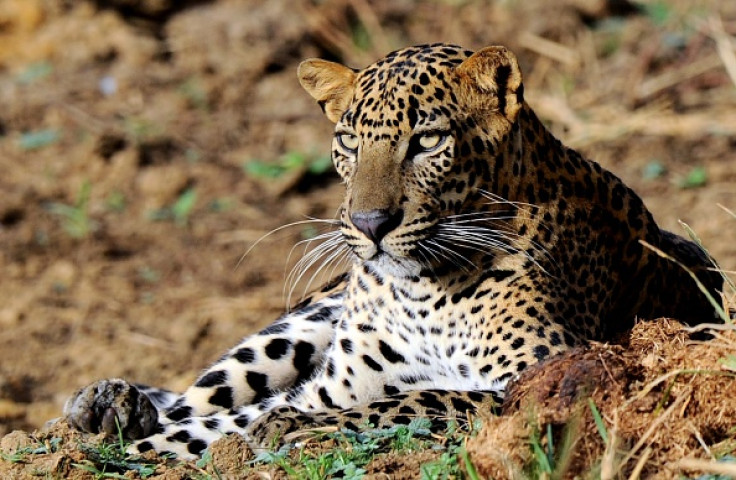Ancient leopards roamed the lowlands of Northern Italy 180,000 years ago
A tibia belonging to one of these felines was recovered in river deposits.

Ancient leopards may have roamed the lands of northern Italy during the Late Pleistocene (120,000 - 11,700 BP). Scientists have indeed discovered a fossil that points to the presence of the big cat at that time – the first ever found in the area.
Modern leopards inhabit lands stretching from Africa to East Asia but during the Pleistocene, leopard-like felids are thought to have been found in Europe.
To date, the oldest fossil of these animals found in this part of the world dates back to around 1 million years ago and was located in southern France. However, no traces of ancient leopards had ever been found in Northern Italy, in the lowlands of the Po River.
This was until the summer of 2014, when amateur scientist Renato Bandera discovered a strange and well-preserved feline tibia bone among the sediments of the Po River.
In depth excavations were subsequently conducted at the site, revealing a rich animal fossil record, which is now described in a study published in Quaternary International.
Researchers have also estimated that the tibia is no more than 180,000 years old. They compared it to leopard, cheetah, lion and cave lion osteological remains from different museum collections as well as with data previously published in scientific journals.
Big mammal communities
This particular tibia appears to be more slender, with a different morphology and dimensions that the shinbones of larger feline cats – allowing the researchers to conclude that this is the bone of an ancient leopard-like felid.
Alongside it, the researchers also found the remains of straight-tusked elephant, Merck's rhinoceros, steppe bison, Irish elk, woolly mammoth, elk, red deer, brown bear, spotted (cave) hyena, wolf, and red fox. Furthermore, the leopards would have cohabited with Neanderthals, potentially competing with them for food – but there is no evidence that they were hunted by them.
"This is the first fossil record of leopard in the area of Po River, outside mountains and cave sediments. Fossils of leopards are relatively rare, especially out of cave deposits and at this site, remains of herbivores actually outnumber those of carnivores, which appear to be relatively rare", corresponding author Martin Sabol, from Comenius University in Bratislava (Slovakia) told IBTimes UK.
Leopards are well adapted to live in a number of environments, so even if they might have been rare, their presence in northern Italy is not entirely surprising, despite potentially cold climatic conditions.
It is likely however that the leopards would have lived there only during the warmer phases of the Last Glacial and that the Last Glacial Maximum probably represented the end of Pleistocene leopards in most of European territory.
"Each new fossil records bring new data, including data that helps us with palaeo-environmental reconstruction. The discovery of the leopard bone can specify our knowledge of past ecosystems, and environmental and climatic changes through the time. In spite of cold climates Late Pleistocene ecosystems showed a larger biodiversity in big mammals' communities than what is seen today", Sabol concluded.
© Copyright IBTimes 2024. All rights reserved.






